-
CreatorTopic
-
10/20/2014 at 4:12 am #2094
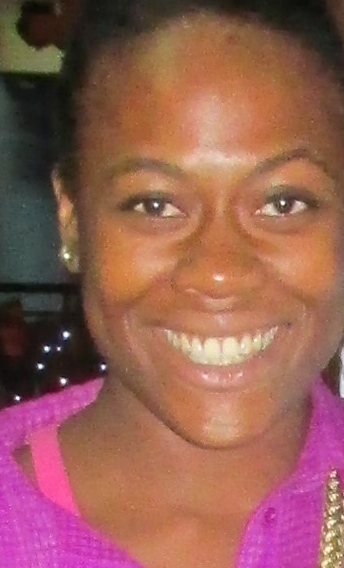 ErikanMember
ErikanMemberAfter reviewing the module content for Lesson 5, take some time to reflect back on what you learned and answer the following questions:
1) How has social media and online communication affected your trial communication planning and engagement strategies with stakeholders?
2) Have you ever experienced unexpected issues at your trial site or in your research context? How were they handled? What lessons were learned?
-
CreatorTopic
-
AuthorReplies
-
-
05/07/2016 at 10:10 am #4988
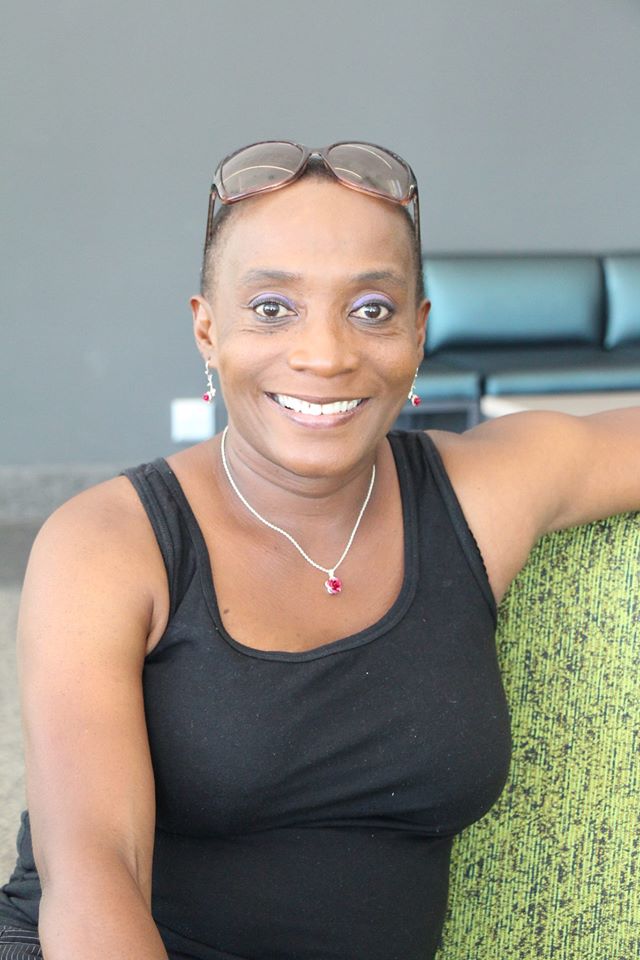 MarieMember
MarieMemberThe way in which media is used will have an impact on how people respond to it. For people who do not fully understand the advantages of social media the idea will not be so welcoming. A lot of advocacy needs to go into how social media is going to be used and for which target population. How accessible it is to the majority. And what our are limitations in information sharing on social media? The common denominator in all of these issues is dialogue. It doesn’t matter what form of dialogue we use, ( depending on our setting) but it has to be incorporated. Hence the importance of maintaining stakeholder partnerships at all times. Inclusion of adolescents when developing training tools is very popular at our site because they come up with the most creative ideas and comics that are user friendly even to the adult population. We therefore appreciate and value the fact that they too play a very important role in our research. I have mentioned this before and i am saying it again-there is still a lot of ethical issues around social media that we need to address. And this can be done through education.
-
12/14/2014 at 5:08 pm #2554
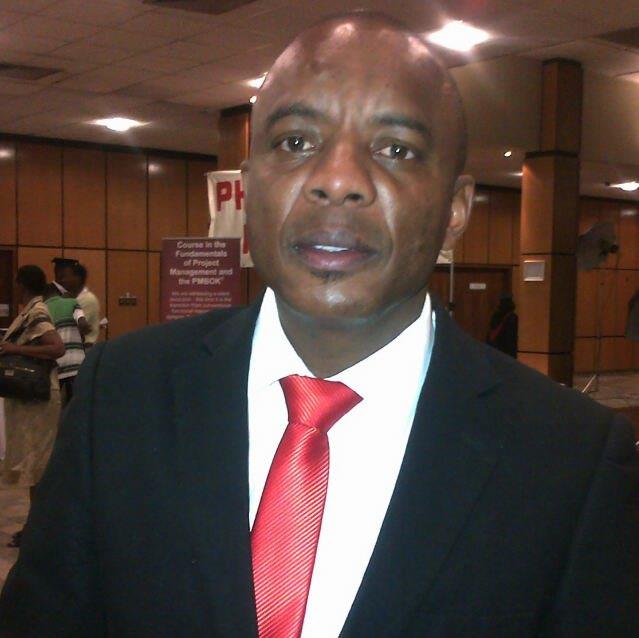 John MdluliMember
John MdluliMemberHi, Marie
Thank you kindly for a very useful insight on how we can use our networks to effectively engage with our stakeholders. I also like the idea of involving CAB during the protocol development stage. But this approach became very difficult in situations where the sponsor comes with a ready to implement complete protocol. The use of pre-screening questionnaire/protocol is a useful one. Our site is in a process of adopting a generic screening protocol as this can assist in eliminating non-qualifying participants early in the trial.
-
12/14/2014 at 4:58 pm #2553
 John MdluliMember
John MdluliMemberHi, All
How social media and on-line communication affected our trial communication and engagement strategies:
The use of social media such as “Facebook and “What’s up” had a huge impact on the site’s communication plan and strategy with trial participants and stakeholders. During the implementation of one of the trial at our site, a page was established in which study participants and community members were able to communicate with the site. This also provided a useful platform for the community members to post questions about the trial and investigational product under research.
Experience of unexpected issues at our trial site
The sudden announcement of VOICE trial that the 1% Tenofovir gel does did not show efficacy in the VOICE trail. This presented a huge challenge to us in terms of how does one explain the difference between the gel used in CAPRISA, VOICE and FACTS. This also made us aware of the facts that it does not mater how advance can you plan, there is always bound to be an unexpected occurrences in a trial. This also taught about the importance of regularly revisiting the plan to ensure that they it address the needs of your stakeholders
-
11/11/2014 at 7:09 am #2305
Siriporn
Member1. In my experience, social media and online communication affected to study and stakeholder engagement. We developed one websites. We use advertisement for recruitment, we involve MSM stakeholders who volunteered to having their pictures professionally taken for a study an campaign, which we have since used to distribute as both hard-copy and electronic media. We meeting and discussed with local CAB before and during create the online advertisement are including in the engagement strategy.
2. Unexpected issues for my experience is animation cartoon with showing how to take ARV medication, the NGOs (Patient living with HIV) concert the picture is sensitive for patient living with HIV because the steps to take ARV may be make patient uncomfortable. We plan have a meeting with CAB before and during create information in the future time.
-
11/10/2014 at 2:39 pm #2273
 Marie MicheleMember
Marie MicheleMemberHello Nanyondo,
Let me share with you what we always do when we have a new study, to avoid those kind of rumors from the study or potential participants as the most of the come up with such stories, we first make sure that CAB have been involved in protocol inputs before it finalized. Before we start recruitment in the recruitments sites that are chosen, we train the local authorities from the recruitment areas, the we do general education where men and women are invited, then we go back for the recruitment of potential participants. Those who are invited for the recruitment sessions, most of them are from those who had come for the general education on the research. During our recruitment session, we do power point presentation with the information about the studies we are going to do, after presentation and answering the questions, you invite one by one to meet individually for prescreening using prescreening check list. This is to minimize the number of participants who would come at the site and be excluded from the sites. We have found this very important in term of finance and less time that would be used by research team.
Rumors will still exist, but with approach is very easy to handle them, as you will be having support from all those people who you trained. Sometimes rumours may occur in the community, and they resolve between them selves and you get to know later what happened. who resolved it and she/he did, or if they do not manage, they call you.
Regarding media, make sure that you have in you CAB, 1 or 2 members from different media, it is so important. There is time that we got a problem of a study that was discontinued, as the news were in international radio, it affected us. To use social media, we had to pay, almost 6 .000$ and we ended up not paying even 1$.
Make sure to have a good relationship with your line Ministry, even if we do have members from media, it was not enough, because our line Ministry had to write a letter asking media to assist us. That all I would share with you.
-
11/10/2014 at 1:54 pm #2272
 Marie MicheleMember
Marie MicheleMember1) How has social media and online communication affected your trial communication planning and engagement strategies with stakeholders? <b><i></i></b>
The social media and online communication affected our trial communication planning, as social media reaches a good number of people from the entire country and in short time, its consequence maybe be positive or negative.
Positive when the social media are publishing good information about the research; Negative when it publishing unpleased trial results. That is why the research Centre has to make sure to recruit a good and an effective stakeholders, who would be handy, when social media has published information that would disturb Research Centre.
Even though social media publishes interesting information about the Research studies, the audience (especially audience from Research naïve population) may interpret the information negatively, due to their level of understand the purpose of clinical research.
That why I would encourage Research Centres to engage stakeholders as early as possible and who are able to intervene when it is necessary, e.g. when there are social harm caused by media etc.
Social media would affect communication planning and engagement strategies for stakeholders, e.g. that CAB prepare their action plan for year, if social media has given information that contract with what they have been educating to the population, It is normal that their activities are affected and to correct them takes more energy.
2) Have you ever experienced unexpected issues at your trial site or in your research context? How were they handled? What lessons were learned?
Yes, our Research Centre has been experience unexpected problem, during the stop of CAPRISA study.
As we were doing research on microbicide studies, at the same time, we have been doing a lot of awareness, so then people who have been following us doing advocacy of microbicide got news that CAPRISA has been discontinued because it is not effective.
We got a lot of calls from different people, and some were sounding unhappy, accusing us being using people.
Action taken:
We called our CAB and Mobilizers for an immediate meeting, the conclusion from the meeting was to invite immediately our participants for a meeting to ensure them that there was no problem, as the products were different.
We invited different media(national and private), we used them to answer questions to from population.
Principal investigator and myself had 2 hours on radio that we had chosen, which is popular in Rwanda to discuss that issue with population.
The Deputy Director from of Rwanda Biomedical Centre from Ministry of Health, the Chairperson from Rwanda National Ethics committee, the participant who was willing to contribute and support Research Centre, were all interviewed with different radio regarding our Research activities.
As a Communication and Community Outreach person, I wrote an article showing the difference between microbicide studies, to show people and calm them that the product that Rwandans were using were different from CAPRISA study, and the article passed in 3 different newspapers and it was in all languages(Kinyarwanda, French, and English).
It was hard, but I was really happy how much we are supported by our stakeholders, and all things mentioned above regarding how we handled the problem, have been done in 3 days. It was really amazing.
The other thing we did, we recorded all questions asked and the answers from me and our Principal Investigator, and we did transcript of all of that recordings.
-
11/04/2014 at 6:54 am #2219
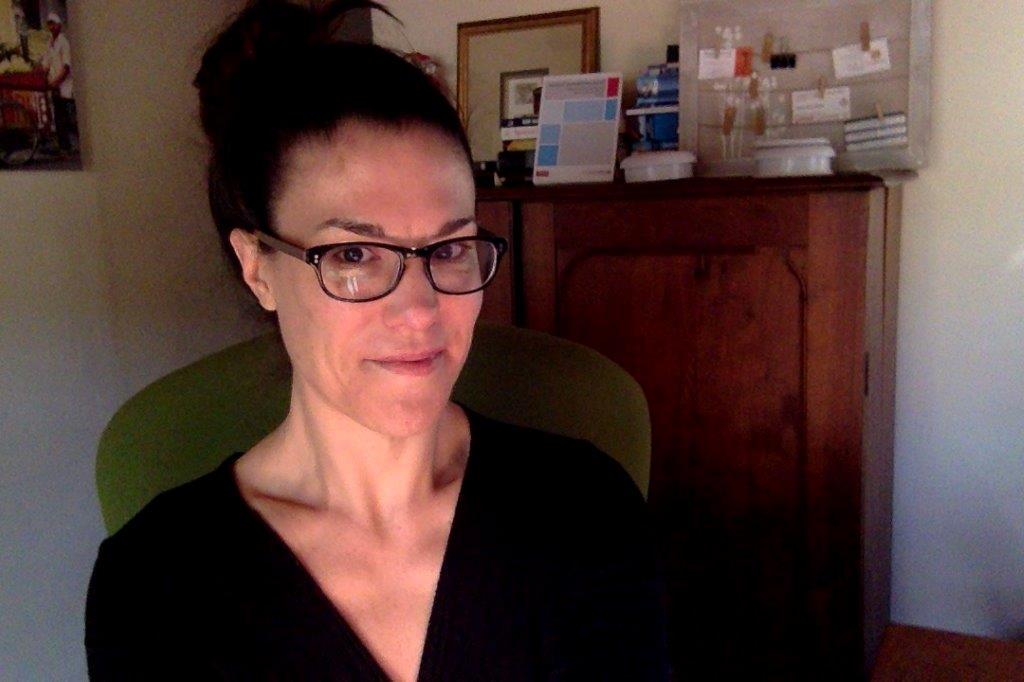 AnneMember
AnneMemberLeader and Agnes– these are great examples of the complexity of media coverage.
I think it all begins with understanding your site’s goals and objectives in comparison to the interests and needs of the media– AND (as you both suggest) a good knowledge of the limitations and strengths of each media type (online vs radio vs print news vs TV). For example, social media might be useful for providing short updates about the trial or for reaching out to new stakeholders, but it may not be an appropriate forum to elicit detailed feedback from the public.
There are many ways to incorporate media into your communications strategy and your engagement of media will probably vary at different points in the research life cycle. But one thing is for certain– in this day and age, it is essential to devote time and resources to monitoring and responding to Internet coverage. Local staff and colleagues can help your team to develop systems for tracking and sharing media messages. Having pre-approved and prepared messages and materials, developed with stakeholder input, can help your team quickly (and professionally) correct inaccurate information and strengthen your relationship with the media source!
-
11/02/2014 at 5:37 pm #2205
Agnes Nondo
MemberHello Ericcan,
We are in the same situation with Juala social media is a new concept in our setting so we do not include it in our our strategic planing with the stakeholders because very few individuals use it.
It is most recently that we experienced negative reporting in research and so our organisation decided to come up with communication department after the MTN MDP 301 trial experience, where the social media caused damage!!! as leader Ngoyi has expressed above. In this kind of a situation even if the site had a plan in place damage had already been caused.
I appreciate the strategy leader Ngoyi used in the SA experience of using the same platform to respond to the allegations promptly, other than using the different platform so that the concerned social media can get the truth from the horse,s mouth and clear the air.
-
11/02/2014 at 8:22 am #2202
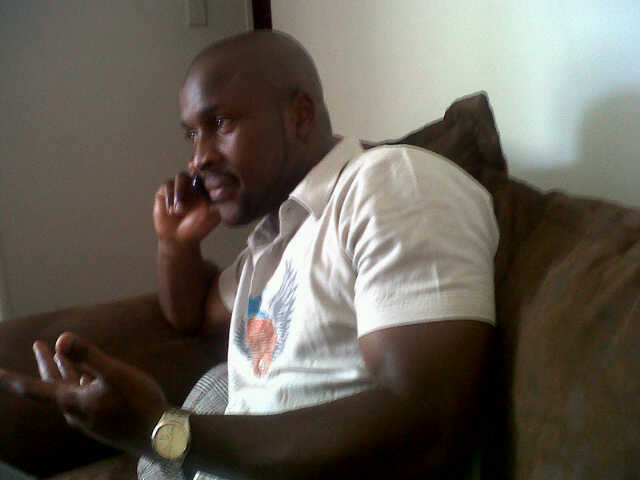 Leader Kanyiki NgooyiMember
Leader Kanyiki NgooyiMemberWith social media you kinda loose control over who is who and who is responsible for what. anyone can just write whatever they want to without following the site protocol or communication plan. it can be a great tool to utilise for communication and even education, recruitment and retention, but if used carelessly it cause damage!!!
Obama visited South Africa and his meeting with key stakeholders was held at our site in Masiphumelele, and so they were rumours afterwards about his visit and how he brought money in bags… some folks rushed to put it on the social media. so we had to respond on the same platform and quickly invite community stakeholders to meet us for furtherdiscussion and clarification on the matter. we had an urgent RC meeting to revisit our communication plan and come up with a turn around plan. A community meeting was called where we clarified the Obama visit and the why community members were not invited to meet him (some young people attending the Desmond Tutu HIV Foundation youth center were invited though).
-
10/27/2014 at 6:02 pm #2172
Anonymous
InactiveJauhara- I loved your example! You’re team did such a wonderful job dealing with that situation. We often think about rumors spreading through social media outlet’s like Facebook or Twitter. The reality is that good old fashion word of mouth rumors can spread through a community just as quickly and do even more damage because there are no “good” sites that can counteract the message in real time.
Mathias- I think your point about the radio operators illustrate both Rona and Anne’s points about knowing which outlets will address the issues accurately and fairly.
Both Jauhara and Mathias don’t have an impact from social media but still deal with the effects of gossip and inaccurate reporting. What lessons from social media can be applied to Jauhara and Mathias’ settings?
Vice versa- in areas where social media is available and does influence a trial- what ways can town halls, advisory groups and community meetings enhance a communication plan?
-
10/24/2014 at 1:40 pm #2162
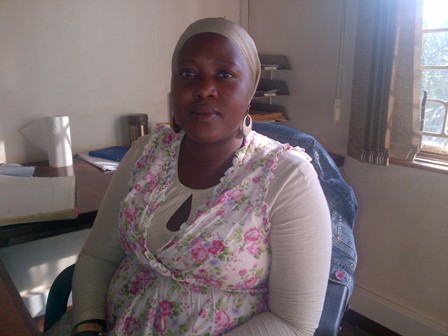 Jauhara NanyondoMember
Jauhara NanyondoMemberPatchara I appreciate the way your team handled the two scenarios you have explained, you gave consistent information which addressed their concerns.
Rona the practice of having same consistent information out to different stakeholders is very important. It builds confidence even when the trial results were not as positive as they would have wanted them to be.
-
10/24/2014 at 1:27 pm #2161
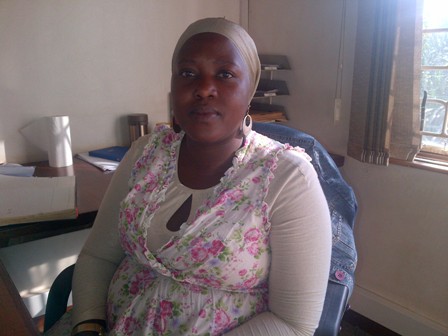 Jauhara NanyondoMember
Jauhara NanyondoMemberHi all,
I am from Uganda ( still in the developing process), where social media and online communication is still expensive and only accessed by a certain small population of the country.In the community where we carry out research, these two have not affected the trial’s engagement strategies with the stakeholders.They are not not known due to the cost attached to the technology.
True we have experienced unexpected issues at our site;
1. A participant failed the criteria of the trial, and when she went into the community she told the rest that were enrolled that we are giving them HIV and eventually we study it as it progresses in their bodies. She told them that the blood tubes that we use to collect blood have a fluids inside and that is what eventually gets into them through the butterfly needle.
The rumor went wild in the community, participants declined subsequent visits, and we got this information from one of our members of the “special Advisory Group” in that community. We quickly arranged and convened a community meeting to address the issue. Explanations were provided to the members in the meeting, time to ask questions was provided, and eventually at the end, blood draw demonstration was done on one of the research staff on the team in the community.To try and clear the air that the tube contains no HIV.
We learnt that such groupings are important in the community to act as ears of the researchers and eyes in the community to address community concerns as soon as possible.
-
10/24/2014 at 4:35 am #2156
Mathias Wambuzi
MemberThe impact of social media and on-line communication on trial at my site is not serious considering the level of technology in the country and specifically the coverage of participating communities.However, I must we begin to see mushrooming community local radios that are commonly used to communicate within communities. The operators are not professionals and therefore not competent to communicate well. The research team usually comes up with written messages to be aired out on these local radios BUT are misinterpreted and ending up negatively impacting on the trial.
-
10/24/2014 at 3:57 am #2154
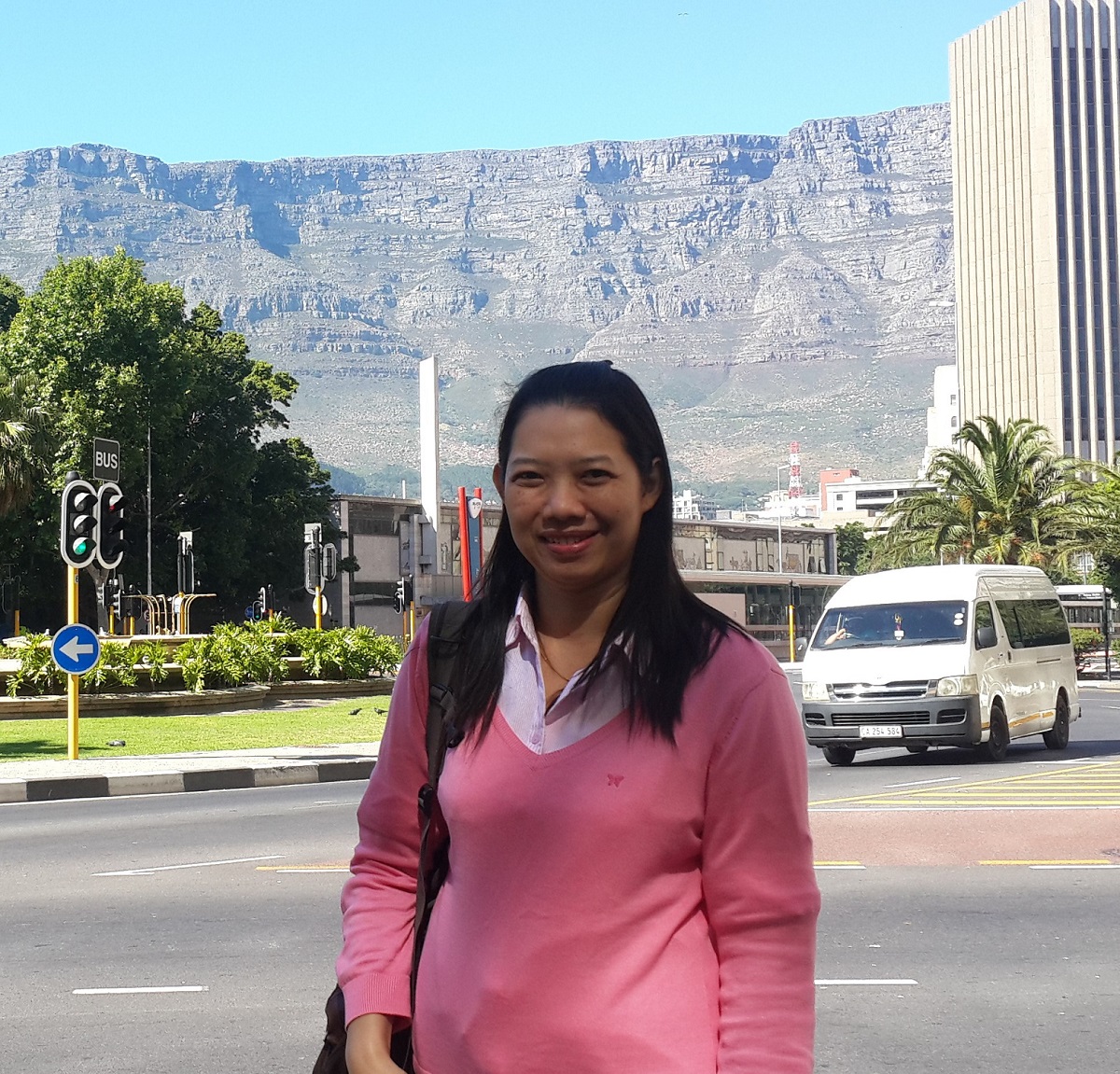 PongpunMember
PongpunMember1) I think that social media and online communication affected to study and stakeholder engagement. We need to do plan for communication and risk communication which social media and online communication need to list in plan. We should also listed this media as one of stakeholder.
In the past, I have been inform study result in clinic website after that many NGOs have downloaded and use for meeting or forum discussion. However, at that time we provide study result in many way such as newspaper, radio, television and some website. We found that some website show wrong message and some message not same as original. However, after we posted anything about study in media online or share anything in media, we have to monitoring any post or feedback after that. If we found some information wrong and misunderstand, we have to explain what is fact.
2) Same as situation above, we need to monitor any response after share anything to media. I have lessons learned from this situation from PrEP trial , I should draft information, news or any information prior to provide the media. We can scope detail and use clearly language for accurate information. Including picture that related to information, we should provide them to media because some media use wrong picture that induce to wrong information. We have meeting with CAB before provide result. Some information need to submit IRBs.
-
10/24/2014 at 3:23 am #2153
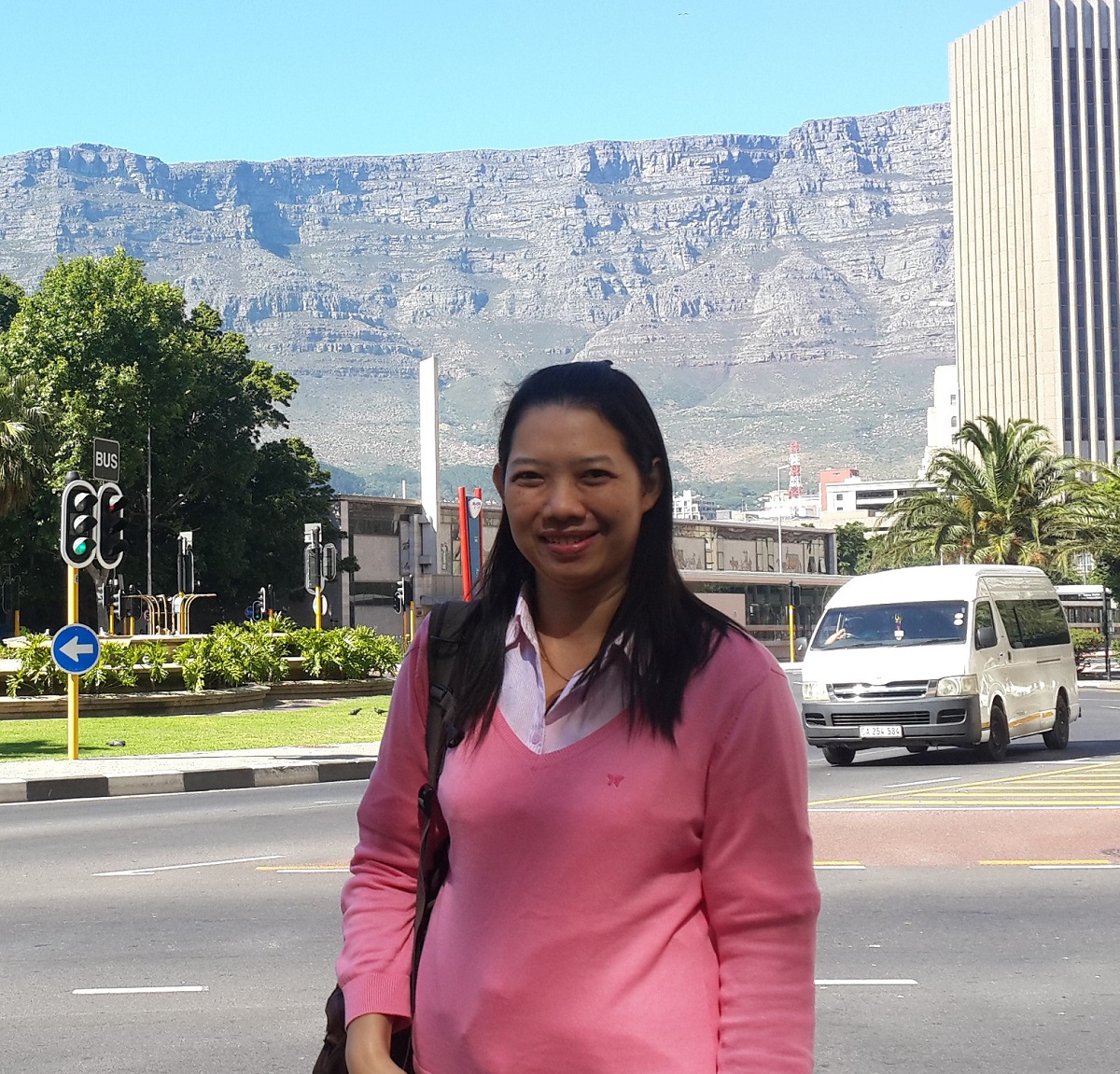 PongpunMember
PongpunMemberI agree with you all and I have been found issues same as Patchara about participant’s colleague gossiped him that he has HIV infection so he joined in study. That is not correct because we done PrEP trial which enroll only negative HIV persons. We offer him for resolve this social harm reduction such as explain to his friend and colleague. In finally, he can resolve it by himself. He can explain about study information and his boss support him and understand.
-
10/24/2014 at 2:26 am #2152
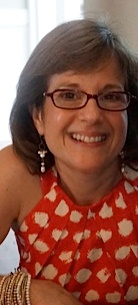 RonaMember
RonaMemberI agree with so many of the comments that have already been stated. I too love that the negative publicity generated by AHF actually had the opposite effect of what was intended by inspiring folks to learn more about PrEP for themselves. How fabulous that they didn’t just take what they heard and leave it at that. It’s such an interesting contrast to the impact that rumors and misinformation had in the scenarios Patchara described. But it sounds like her site did all the right things in garnering support from local NGOs to provide accurate information in a way that was respectful of participants and didn’t jeopardize confidentiality.
-
10/23/2014 at 10:16 pm #2151
 Laura PotterMember
Laura PotterMemberI agree with Jessica — Patchara’s description of the way that situation was handled is really an excellent example of best practices in circumstances where participants need our support but confidentiality remains key. Stakeholder support of other stakeholders, especially when we cannot directly provide the support needed, is another superb reason why stakeholder engagement is so critical, particularly because once the research team does complete a trial and, in some cases, contact with those stakeholders is decreased due to less direct engagement, these stakeholders will still have the networks they have forged, through you, with one another, and they can fall back on these as needed to support one another.
-
10/23/2014 at 7:55 pm #2149
Anonymous
InactiveLaura- BridgeHIV has done a tremendous job dealing with the negative press AHF has put out. I love that people are coming to be participants because of the PrEP hype they read about!
Unfortunately it doesn’t always work that communication campaigns can be positive. Patchara raised the issues of rumors at a local message parlour that were detracting from the study. What Patchara and teammates did, working with an NGO, is a great step to increasing communication. As Cathy mentioned these are great opportunities to discuss and improve health literacy in the community!
Can’t wait to hear how others are utilizing social media in their communication plans!
-
10/23/2014 at 6:29 pm #2148
 Laura PotterMember
Laura PotterMember1) Social media and online communication has been a major part of Bridge HIV’s engagement with stakeholders, especially in recent years. We developed two websites, one centered on HIV vaccines research and the other on PrEP research, to engage folks online with regards to new and opportunities in the Bay Area when it comes to our studies and HIV prevention in general; interested individuals can fill out inquiry forms on these websites to be entered onto our recruitment lists for our studies, or they can simply learn about HIV prevention research and how to become more involved even if they are not participants, as advocates or informed community members. We also interact with our stakeholders through our two twin Facebook pages that are linked to these aforementioned websites; I am tasked with posting a minimum of twice weekly on each page, usually with news or op-ed articles regarding these subjects. We rarely perform explicit recruitment on Facebook, or Twitter (where we also have a presence) for that matter; these platforms are almost purely used to help educate, spark discussion and critical thought, and promote awareness of our mission and brand among community stakeholders. When we do use these platforms for recruitment, we involve other stakeholders, such as past vaccine study participants who consented and volunteered to having their pictures professionally taken for a vaccine study ad campaign, which we have since used to distribute as both hard-copy and digital media. Often, these individuals featured in the ads will self-promote, posting the ads featuring themselves on their own Facebook pages, which is very exciting for us because of how actively engaged and positive our past participants can be about being involved in our studies.
As for the ways in which social media and other online communication has affected our communication planning, we definitely do monitor our online presence on Facebook, Twitter, and other platforms constantly in order to maintain healthy debate that does not become very offensive, as well as to counter misinformation, which often spreads virally online, with correct facts and myth-busting.
2) Since I came onboard with Bridge HIV, the main issue in our PrEP research context that has arisen is the criticism of Truvada by the AIDS Healthcare Foundation (AHF), who launched an ad campaign in August this year that described government promotion of this prevention strategy as a public health disaster and misconstrued research results to incite doubts in people’s minds about Truvada’s effectiveness. However, far from restricting people’s education and interest regarding PrEP (either Truvada or other experimental PrEP products such as those we are studying at Bridge HIV), the AHF’s controversial ad campaign and associated news about its stance on PrEP has generated a surge in advocacy, self-education, curiosity, and awareness about PrEP in many LGBTQ and other communities, at least in the Bay Area. In fact, I can even attest that some potential participants I have screened for our studies were inspired to learn more about and possibly join our research efforts in part because of all the hype about Truvada that AHF inspired. Many blogs, websites and Facebook pages have also sprung up or increased in popularity/clout in response to AHF’s negative press and the controversy they created. As for Bridge HIV’s specific response to the AHF and their public opinion on PrEP, we responded as we always do in the face of controversy and misinformation: we provided accurate and layperson-accessible information and education via our online channels in order to assure that our followers and stakeholders, as well as anyone else who Googled “PrEP” in response to AHF’s campaign, could come to an informed understanding of whether/how well Truvada actually works.
-
10/23/2014 at 10:01 am #2145
Patchara
Member1) How has social media and online communication affected your trial communication planning and engagement strategies with stakeholders?
We do not have affected from social media and online communication. We concern affected from our participants who post their participating in social media. They do not concern they may break their confidentiality by themself. We have to be careful and warn them because they hide to take a picture during conducting activity in clinic and post on facebook. We could protect them from breaking their confidentiality in the last. Our participants used to post research information to their gay romeo to help staff for recruitment as well. We asked them to take a look their messages before they posted. So we do not have affected from them.2) Have you ever experienced unexpected issues at your trial site or in your research context? How were they handled? What lessons were learned?
We have 2 issues since we have opened our clinic study. First is a participant was gossiped by their colleagues and boss that she is HIV infected. We got information from her so we contacted with NGOs who take response in that area. She asked medical certification to show to her boss. NGOs went to her bar and provided study information to her colleague without identified she is a participant. Everyone understand and the participant was satisfied.
The other issue is related with business. Someone used our name to discredit a massage parlor. He/she said that our participants who work in there has got HIV infection and warned customers to be careful to come to this massage parlor. Participants informed research staff. Study team informed to NGO who takes response in that area. We went together to explain study information to parlor owner until he understood. The other way, participants asked medical certificate to show to their boss. We explained their right to show or do not show blood result to them and let them made decision to clarify their blood result. A participant chose to do not show his result while the other two chose to show their blood result to their boss. All of them were satisfied the issue management. -
10/22/2014 at 1:38 pm #2139
Cathy Slack
MemberWhat a great example of how disappointing trial results – when communicated quickly and honestly – can become foci for strengthened relations, and not the opposite. They are also superb ‘research literacy’ opportunities – researchers seek answers, even if it is bad news. Cathy
-
10/22/2014 at 1:14 am #2129
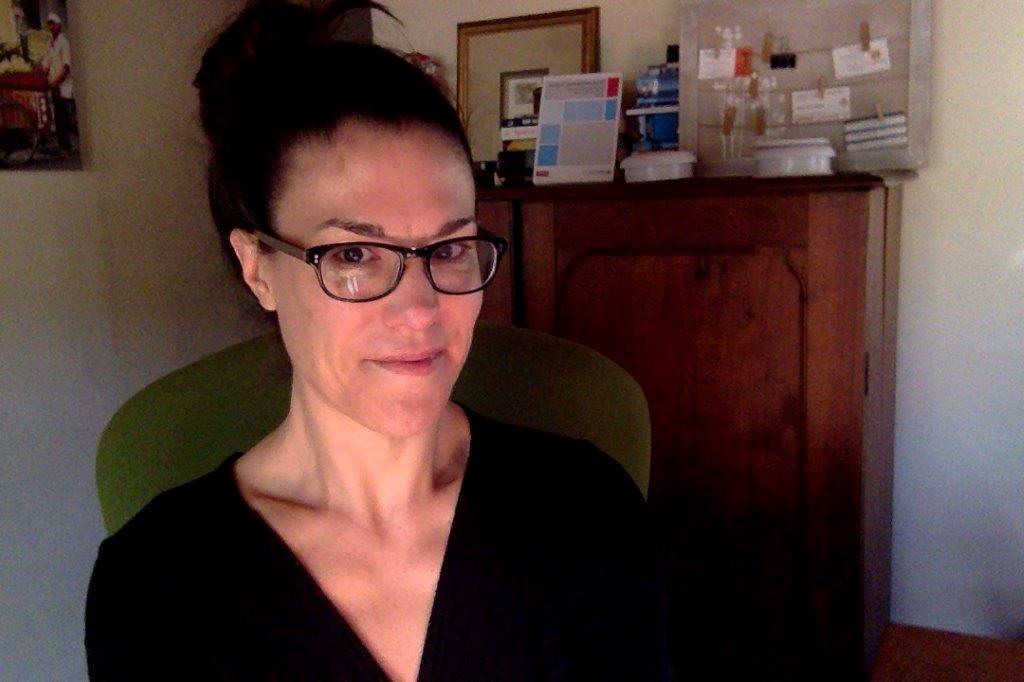 AnneMember
AnneMemberAlso, as a additional note, I highly recommend the FHI Communications Handbook for Clinical Trials as a practical resource.
It outlines the components of communication and issues management planning before, during, and after a clinical trial –but also drills down on how to build relationships with key members of the media and how to incorporate online media in your overall communications strategy!
The electronic version of this document is easily accessible under the Resources button in Lesson 5.
-
10/21/2014 at 9:24 pm #2125
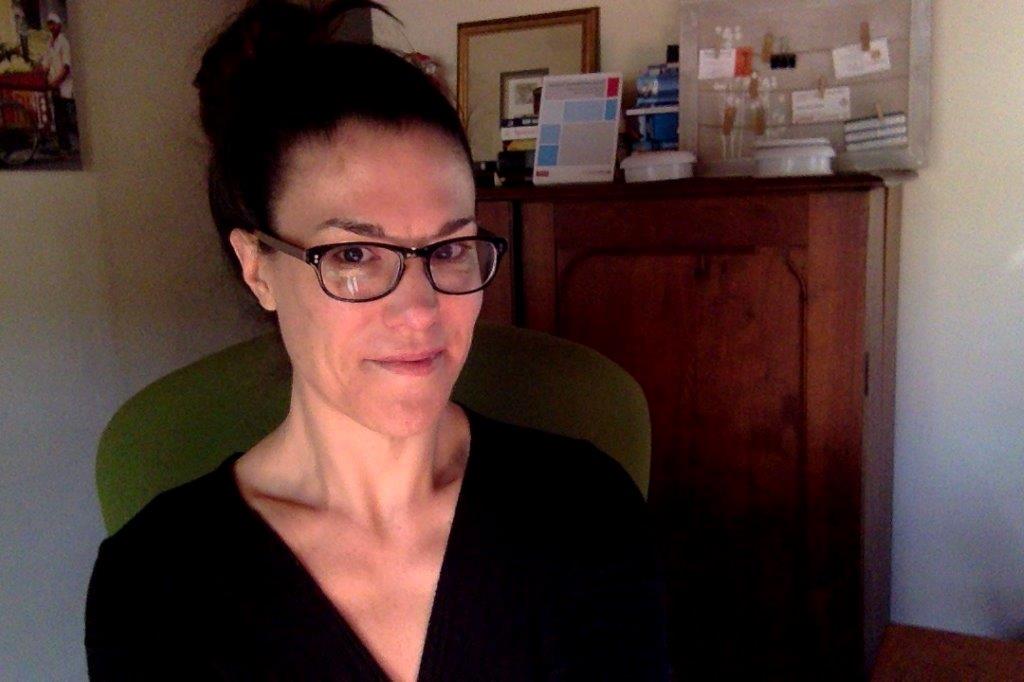 AnneMember
AnneMemberGreat points about the importance of media monitoring, Rona!
Knowing which media outlets will help you address your communication objectives is critical to success!
And at site level, you also need to know how people might want to receive information and news, so reviewing your formative research can also inform your media strategy.
-
10/20/2014 at 8:28 pm #2108
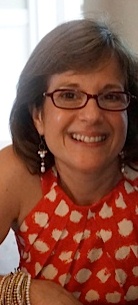 RonaMember
RonaMemberSocial media can definitely affect communication and we saw that particularly with HVTN 505. In that study, vaccinations were halted early following the recommendations made after a DSMB interim analysis. Participants were notified as per communication plans and notification as well as follow-up materials (slide sets among others) were prepared for CABs and stakeholders by the HVTN to help them better understand the results and implications. But the participant notification was made public almost immediately via social media, and well before NIAID had issued a press release. After two (or three) social media postings and a posting on Wikipedia, NIAID was prompted to issue its press release earlier than anticipated. Luckily, the postings were not inaccurate. Many of the immediate postings thereafter tended to be positive in tone despite the disappointing results, but it still necessitated some fast planning and action.
The news for HVTN 505, while certainly possible, was in many ways unexpected at the time of the DSMB and caught us a bit off guard. We were able to quickly mobilize a call with scientists and key stakeholders to discuss communications strategies and timelines but the news really did take on a life of its own in many ways. While media and stakeholder lists can be developed early on in the life of a trial, this really emphasizes the importance of regularly reviewing them, and of having all pertinent staff – from NIAID, the network, protocol chairs and sites, up to date and ready to implement the plans should they need to. The study did get a lot of attention following the initial announcement, and although the results were disappointing, the messages were consistent and focused on the fact that we really do learn something from every study. Also, many of the messages were focused that although the results were not what we wanted, the trial did what it set out to do, which was answer the scientific question as to whether or not the vaccine regimen was effective. There were also those asking whether we really did need a vaccine given that there were other prevention strategies. This provided an opportunity to emphasize the critical need for continued HIV vaccine research and to reiterate that while other prevention modalities are very important and can have an important impact, a vaccine remains our best hope for truly ending the epidemic.
-
11/11/2014 at 7:21 am #2306
Siriporn
MemberThank you very much for recommend the FHI Communications Handbook for Clinical Trials. I am interesting the components of communication and issues management planning before, during, and after a clinical trial and how to incorporate online media in overall communications strategy.
Also, I think unexpected issues may be occurred in any steps. Clear communication with all stakeholders is important.
-
This reply was modified 10 years, 5 months ago by
Siriporn.
-
This reply was modified 10 years, 5 months ago by
-
-
AuthorReplies
- The forum ‘GPP Discussion Forum’ is closed to new topics and replies.


